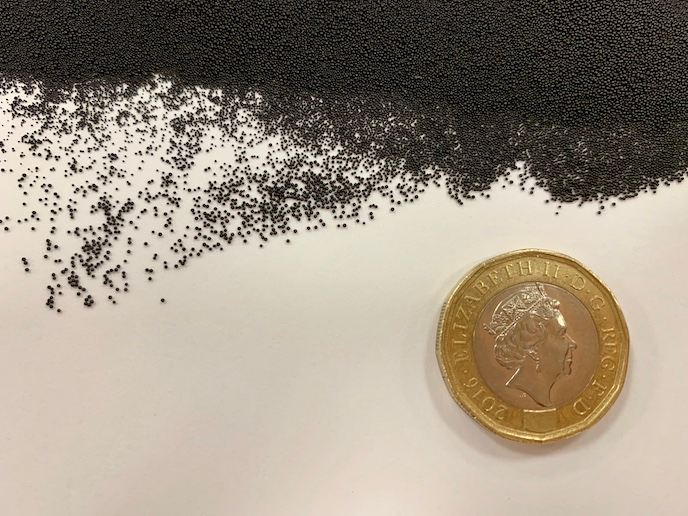Developing methods to detect banned nitrofurans
The EC-funded FOOD BRAND project set out to develop methodologies for the detection of nitrofurans and their metabolites in the farm-animal food production chain, following their EU ban. The nitrofuran class of antibiotics has been shown to induce toxicity but their detection in animals and food products is not always straightforward. Nitrofurans metabolise rapidly in vivo, and their residues are unstable, therefore testing for either is ineffective. Subsequent metabolites however, are extremely stable and can be present in food products even after freezing and cooking. Research prior to the project has shown that bound nitrofuran residues combined with mild acids (like stomach acids) result in toxic compounds, which can be screened for. Project partner, Queen's University, Belfast, developed a series of ELISA (enzyme-linked immunosorbent assay) test kits for nitrofuran, furazolidone and its metabolites as they have previously been widely used. In addition, liquid chromatography methods have also been validated by the Queen's University for the detection of nitrofurans. The project's deliverables have brought about new standards in the detection efforts of laboratories worldwide. These methods could also be applied in the future for the detection of additional compounds and residues in the food chain.







